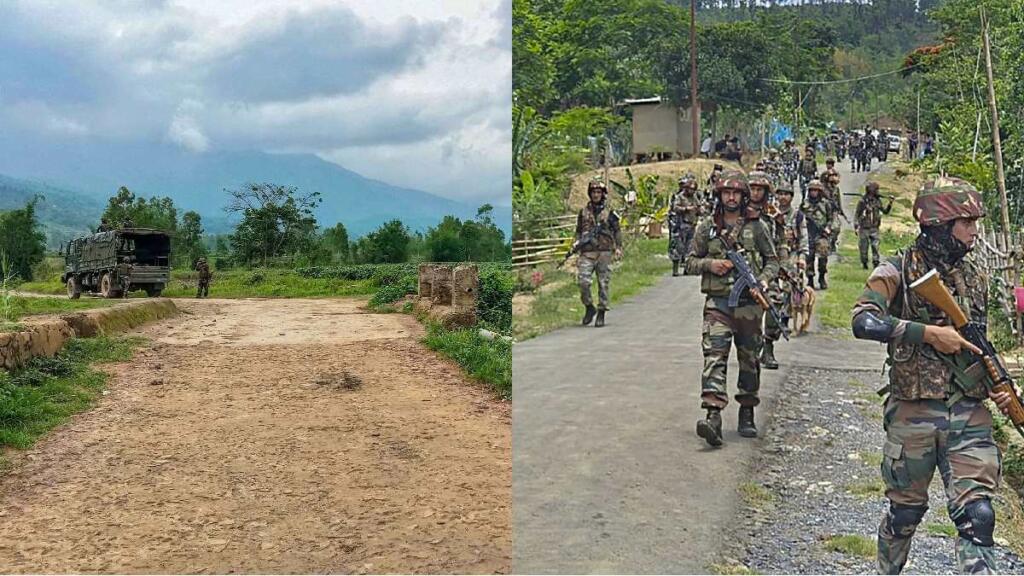A battalion of the Central Reserve Police Force (CRPF) has replaced an Assam Rifles unit in Manipur, with another change scheduled by the end of the month. This transition highlights the ongoing challenges in the region and the evolving strategies to address them.
Manipur, a state in northeastern India, has a complex history marked by ethnic diversity and periodic unrest. The region’s turbulent history dates back to the colonial period, but the most significant changes began post-independence. Manipur was integrated into India in 1949, and since then, it has experienced intermittent violence and insurgency.
In the late 20th and early 21st centuries, Manipur has been plagued by ethnic conflicts and insurgent activities. The state’s diverse population, including various ethnic communities such as the Meitei, Naga, and Kuki, has been a source of both cultural richness and friction. Insurgent groups with differing demands have sought greater autonomy or separation from India, leading to ongoing instability.
The situation in Manipur has been particularly volatile in recent years, with periodic flare-ups of violence. In 2023, the region witnessed a significant escalation in ethnic clashes, which resulted in widespread displacement and loss of life. The conflict primarily involved the Meitei and Kuki communities, who have been at odds over issues related to land rights, political representation, and cultural identity.
The Assam Rifles, traditionally tasked with counter-insurgency operations and maintaining internal security in the northeastern states, have been heavily involved in managing these disturbances. However, their deployment has sometimes been criticized for its effectiveness in curbing the violence. The decision to replace Assam Rifles units with CRPF battalions reflects a strategic shift aimed at addressing the unique challenges posed by the current unrest.
The CRPF, a premier paramilitary force in India, is known for its versatile role in internal security and counter-insurgency operations. The replacement of Assam Rifles units with CRPF battalions is expected to bring a new approach to handling the situation in Manipur. The CRPF’s experience in managing similar conflicts across the country could offer a fresh perspective and potentially more effective strategies.
This transition is anticipated to have several implications. First, it could lead to a change in operational tactics, with the CRPF bringing different methodologies and expertise to the table. Second, it might impact the local dynamics, as communities react to the new force deployment. Finally, it underscores the ongoing need for a comprehensive and adaptive strategy to address the underlying issues fueling the unrest in Manipur.
As the CRPF continues to replace Assam Rifles units and the situation evolves, the hope is for improved stability and a more effective approach to peacebuilding in the region. The success of this transition will be closely watched, as it could serve as a model for addressing similar challenges in other conflict-prone areas of India.
